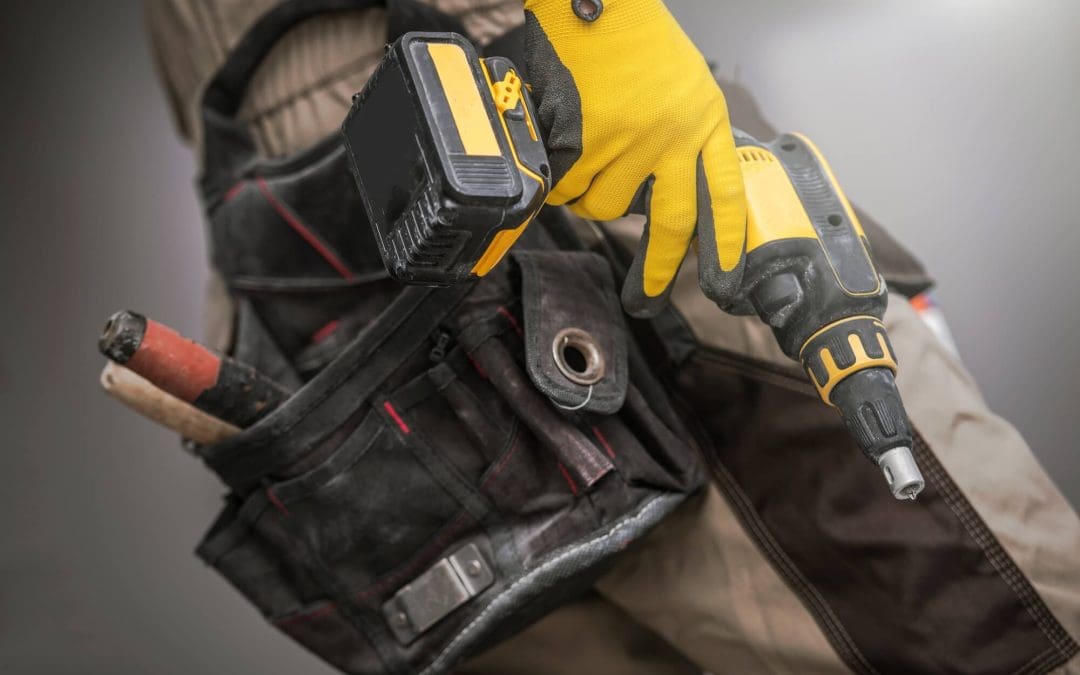Power tools are invaluable assets for any home improvement project or professional job site, but they come with risks. Ensuring safety while using these tools is crucial for preventing accidents and maintaining a productive work environment. Here’s a comprehensive guide to power tool safety designed to help you use these tools effectively while minimizing the risk of injury.
The First Step in Power Tool Safety: Understand the Tool and Its Function
Before operating any power tool, it is essential to understand its function and how it works thoroughly. Each tool comes with its own set of instructions and safety features. Familiarize yourself with the user manual and ensure you comprehend all the operational aspects. This knowledge enhances your efficiency and reduces the likelihood of misuse.
Wear Appropriate Safety Gear
Proper safety gear is a fundamental aspect of power tool safety. Always wear protective eyewear to shield your eyes from debris or sparks. Ear protection is crucial when working with tools that produce loud noises, as prolonged exposure can lead to hearing loss. Wearing gloves can protect your hands from sharp edges and potential burns, but be cautious as they should not get caught in moving parts.
Inspect Tools Before Use
Regular inspection of power tools before use can prevent many common accidents. Check for any signs of wear and tear, such as frayed cords, loose parts, or damaged components. Ensure that all safety guards and features are in place and functioning correctly. If you identify any issues, do not use the tool until it has been repaired or replaced.
Maintain a Clean and Organized Work Area
A cluttered work area can lead to accidents and impede your ability to work safely. Keep your workspace clean and organized by removing unnecessary items and ensuring ample room to operate the tool.
Use Tools as Intended for Power Tool Safety
Power tools are designed for specific tasks, and using them for purposes other than their intended function can be dangerous. Always use the correct tool for the job, and avoid modifying tools to fit different tasks. Adhering to the tool’s intended use minimizes the risk of accidents and ensures optimal performance.
Follow Safe Operating Procedures
Safe operating procedures are essential for preventing accidents and injuries. Always ensure that the tool is in the off position before connecting it to a power source. Maintain a firm grip on the tool and steady yourself to maintain control. Avoid distractions while operating power tools, and never attempt to use them while tired or under the influence of alcohol or drugs.
Keep Electrical Cords in Good Condition
Electrical cords are susceptible to wear and damage, posing a significant safety risk. Inspect cords regularly for any signs of fraying or damage and replace them if necessary. Keep cords away from sharp edges, hot surfaces, and areas where they could be tripped over. Using cords in good condition is crucial for maintaining electrical safety.
Store Tools Properly
Proper storage of power tools is an essential aspect of safety. Store tools in a dry, clean environment to prevent damage and maintain their functionality. Keep tools out of reach of children and unauthorized individuals. Proper storage extends the lifespan of your tools and reduces the risk of injuries.
Educate Others on Power Tool Safety
If you work with others or have family members who might use power tools, it’s important to share safety knowledge. Educate them on properly using and handling power tools and the importance of wearing safety gear. Promoting safety awareness helps create a culture of caution and responsibility, reducing the likelihood of accidents.
By following these safety tips, you can enjoy the benefits of power tools while minimizing the risks associated with their use. Safety should always be a priority, and a proactive approach can help ensure that your projects are completed efficiently and without incident.
FAQs
How can I prevent power tool kickback during use?
To prevent kickback, ensure you have a firm grip on the tool and maintain proper control throughout the operation. Use tools with safety features, such as blade guards or anti-kickback devices. Always follow the manufacturer’s instructions and avoid forcing the tool.
How can I ensure that my power tools are properly grounded?
Check the manufacturer’s instructions for grounding requirements. For tools with three-pronged plugs, ensure the grounding prong is intact and properly connected. If using a corded tool, make sure the power outlet is grounded correctly and inspected by a qualified electrician if necessary.
What should I do if a power tool makes an unusual noise during operation?
If a power tool makes an unusual noise, stop using it immediately and disconnect it from the power source. Unusual noises can indicate internal damage or a malfunction. Inspect the tool for visible issues and consult the user manual or a professional technician for further evaluation.
What safety measures should be taken when using power tools outdoors?
When using power tools outdoors, make sure they are rated for outdoor use and protected from moisture. Keep extension cords and power sources dry, and avoid using tools in wet conditions. Use ground fault circuit interrupter (GFCI) outlets to prevent electric shocks.
A Plus Inspections of Texas offers inspection services in Conroe, TX, and surrounding areas. Contact us to schedule an appointment.

